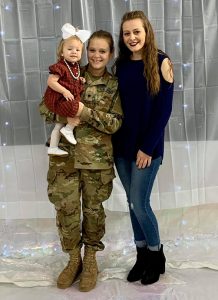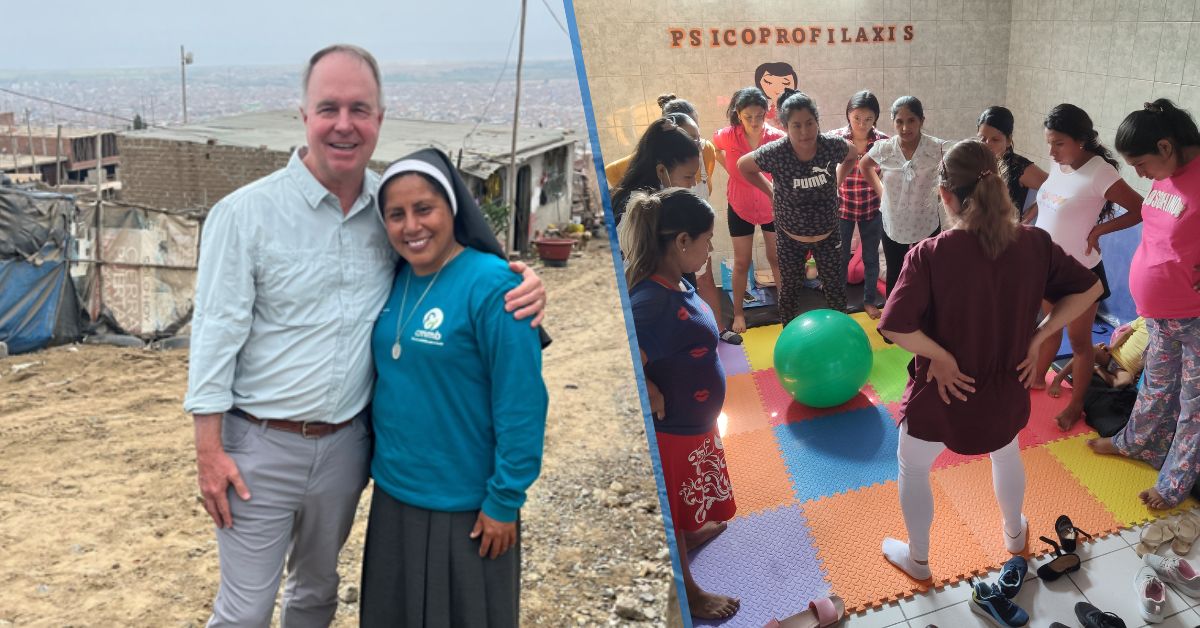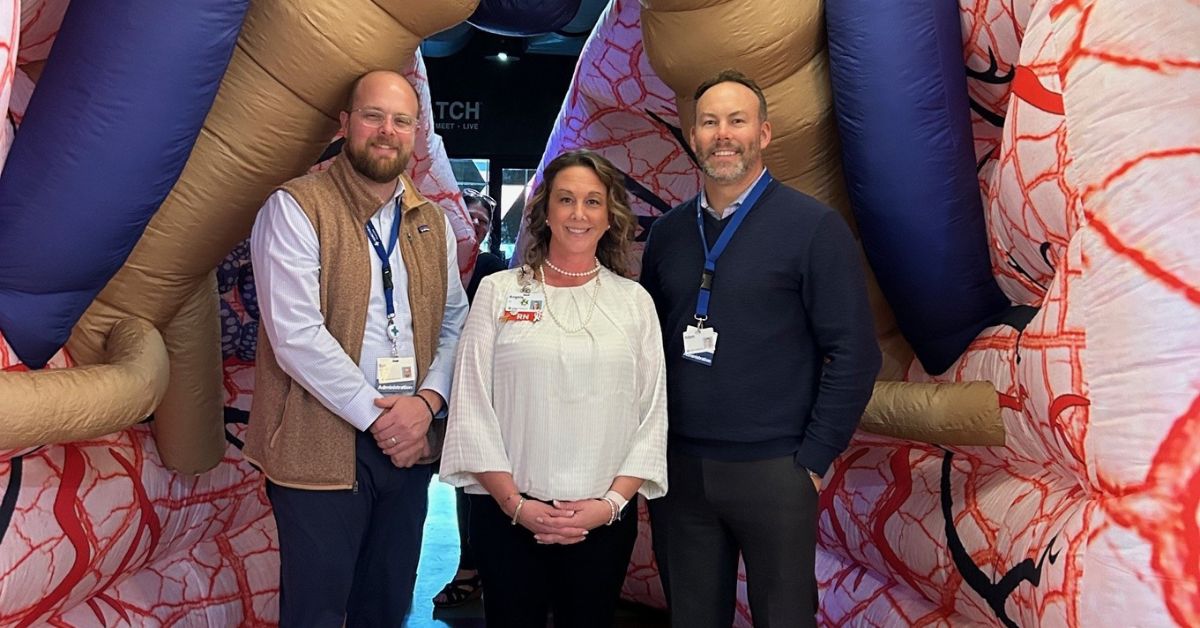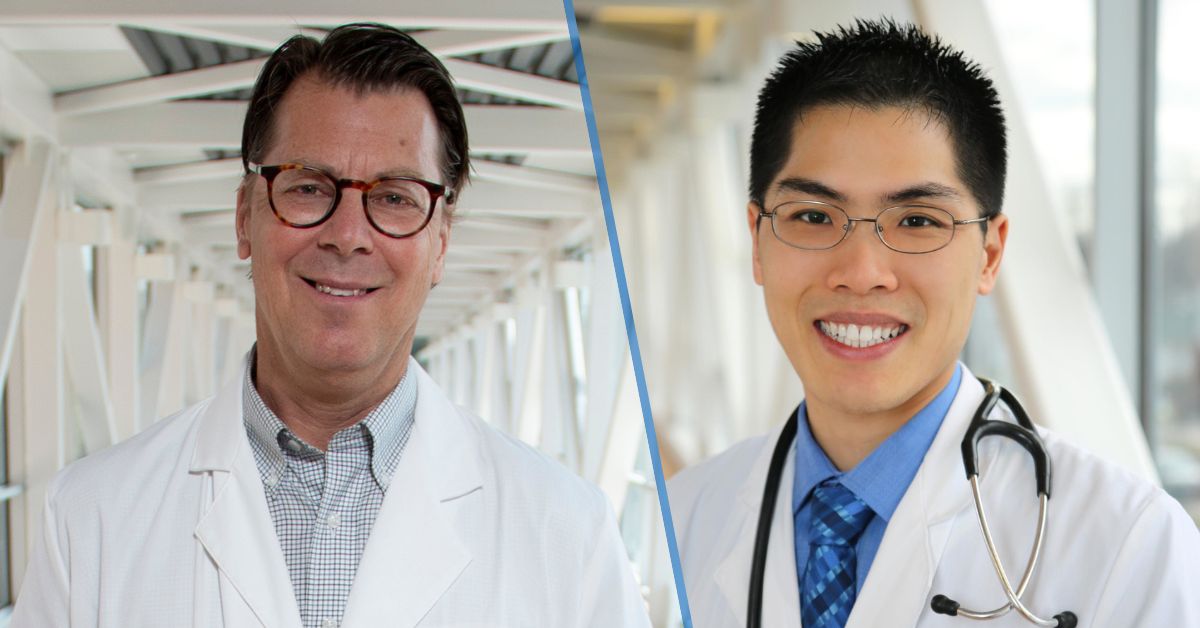Sara Meinschein is a busy 21-year-old. She is currently studying for her bachelor’s degree while working as a nurse. While balancing her hectic lifestyle, Sara started to feel nauseous and experience abdominal pain, but would brush it off as mild indigestion.

For four months, Sara suffered from pain in her upper right abdominal area under her ribs and had several instances of gallbladder attacks. This occurs when a gallstone gets stuck in the bile duct of the gallbladder.
“It felt like a heart attack on the wrong side,” Sara explains.
Sara planned to just continue dealing with the pain, until she mentioned her symptoms to her Mercy Health primary care physician, Cynthia Bowman-Stroud, MD.
Dr. Bowman-Stroud knew that something was wrong with Sara’s gallbladder and scheduled a liver ultrasound for her. The ultrasound revealed sludge and gallstones in her gallbladder. From there, Sara was referred to Mercy Health physician and general surgeon Alice Higdon, DO.
“Dr. Higdon made me feel so comfortable and relaxed,” Sara recalls. “It felt like we were best friends already at our first meeting.”
Despite never having surgery before or a medical issue, Sara felt reassured by Dr. Higdon’s thorough explanation of the procedure. She also appreciated that she was included in the decision for her treatment, as Dr. Higdon gave her multiple surgery options.
Ultimately, Sara decided to undergo a single-site robotic cholecystectomy (SSRC), which is a new robotic general surgery procedure to remove a patient’s gallbladder. The surgeon uses a da Vinci® operating system to make one small incision in the patient’s bellybutton and completes the entire procedure through that one incision. In contrast, a traditional laparoscopic cholecystectomy could mean three or four larger incisions.
The minimally invasive SSRC procedure appealed most to Sara because of the fast and easier recovery physically as well as the cosmetic benefits of the incision being hidden in the bellybutton. However, there is a selection process with the SSRC procedure. Some requirements include a Body Mass Index (BMI) of less than 35 and no previous abdominal surgeries.
“Not all patients are candidates for this surgery, but those that are truly benefit,” Dr. Higdon says.

After a week of recovery, Sara’s appetite returned just in time for Thanksgiving. A week after that, she felt even better. Sara was amazed by her quick recovery time, considering she has friends who had their gallbladder removed laparoscopically and were still miserable six weeks later.
Sara is most thankful for Dr. Higdon’s warmth throughout her surgery and recovery. Even at her follow-up appointment, Dr. Higdon greeted her with a hug. Sara loved how included she felt in her care and in the decision-making process for her treatment.
She is grateful for her quality of life now. She is also glad she mentioned her pain to her primary care provider when she did.
“I didn’t realize how much pain I was in with the attacks,” Sara says. “I feel so much better now.”
Sara is excited to get back to working and helping her sister by taking care of her niece again.
Learn more about the gallbladder services offered at Mercy Health.






